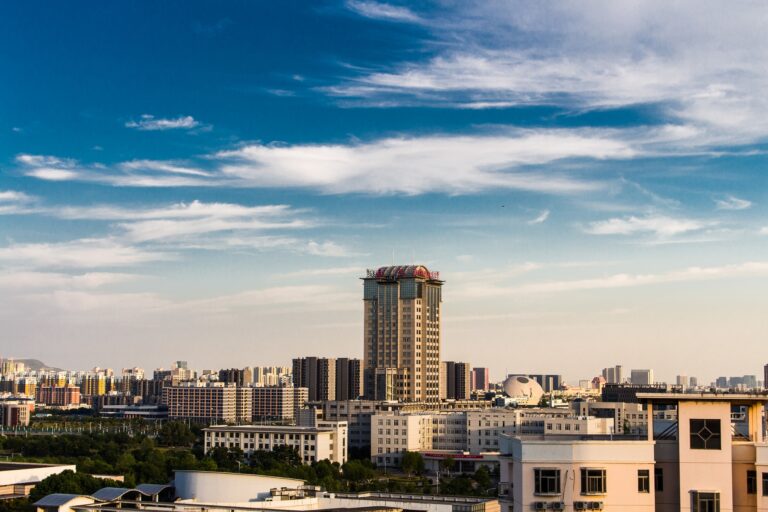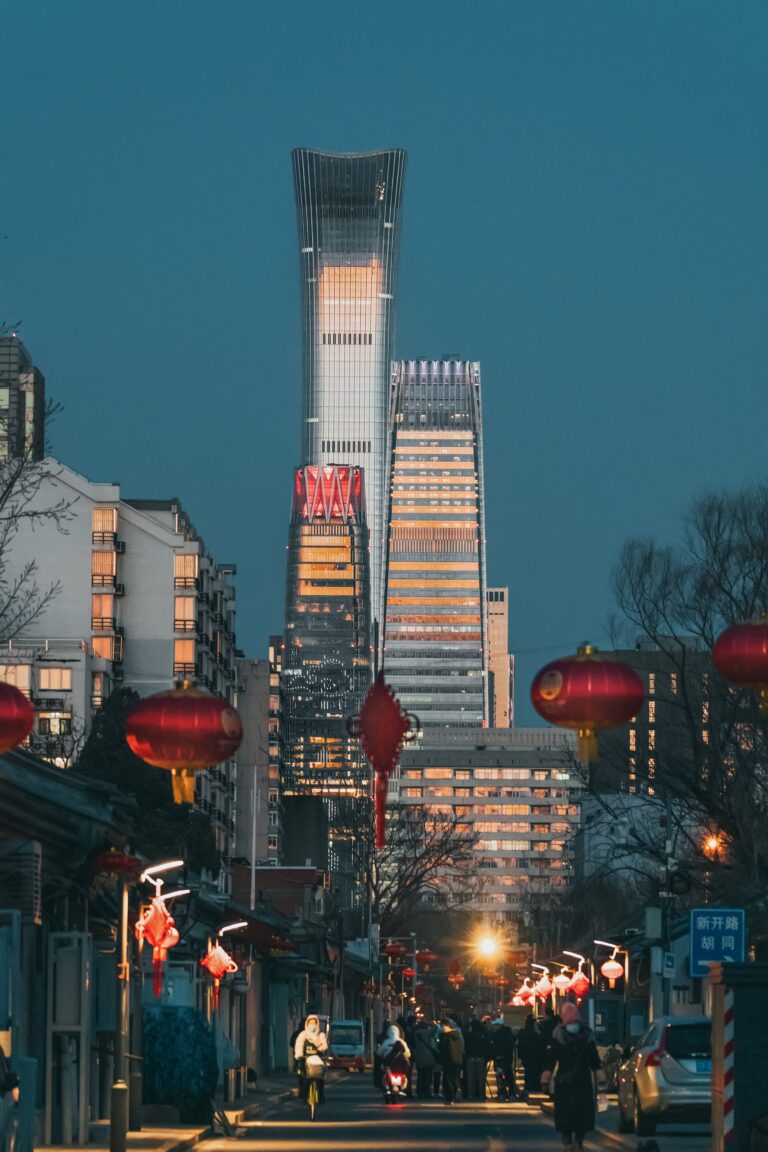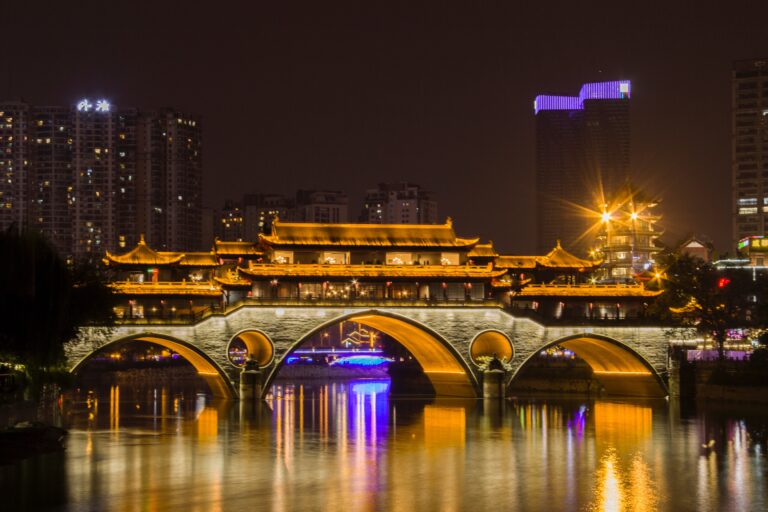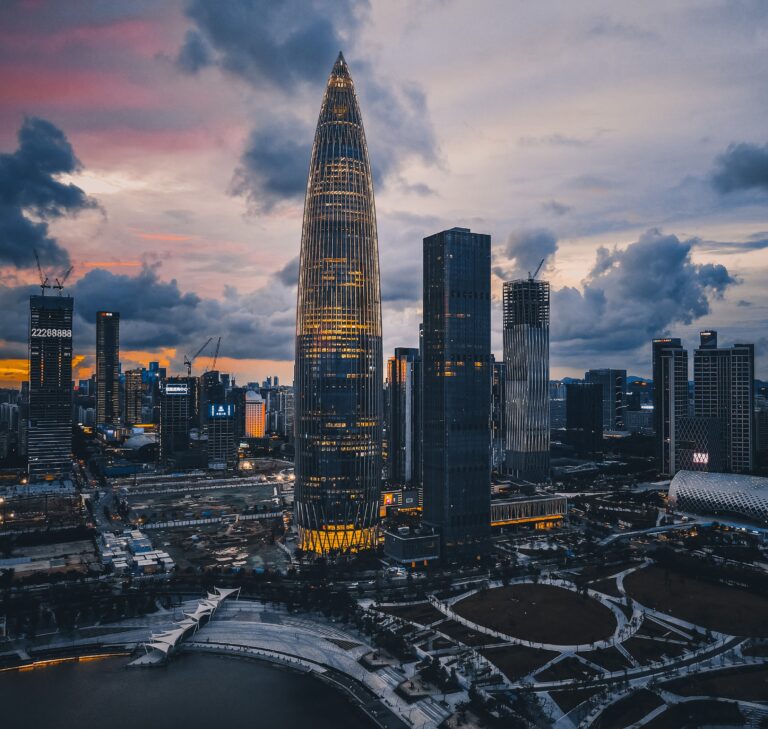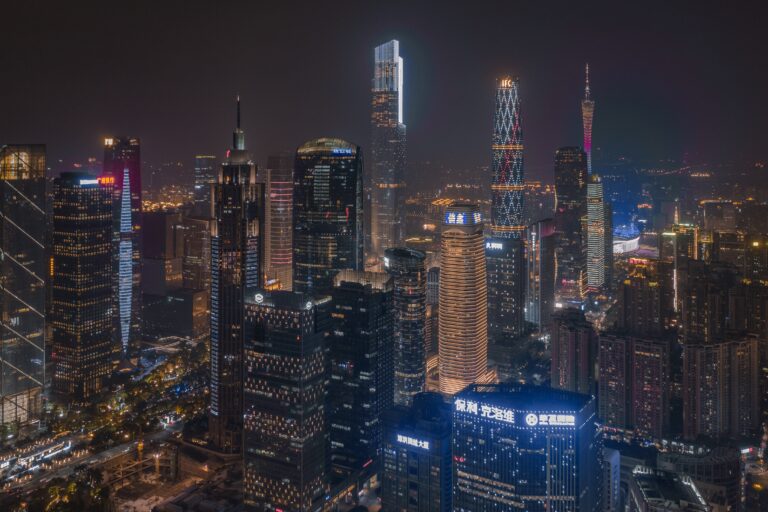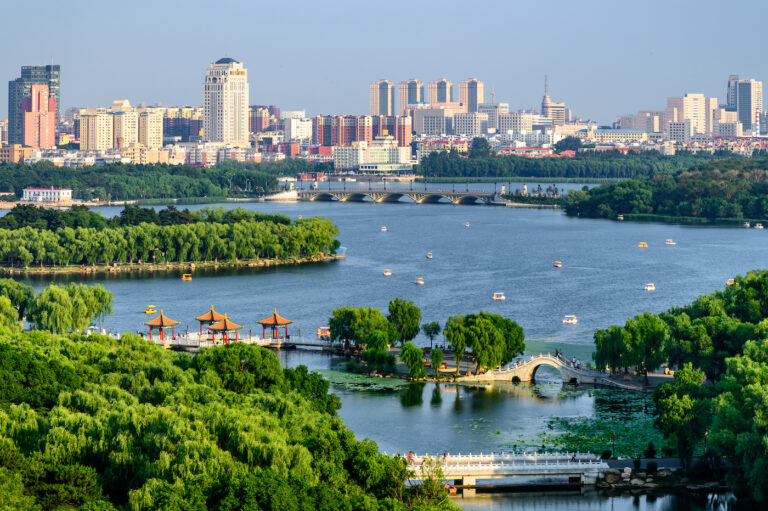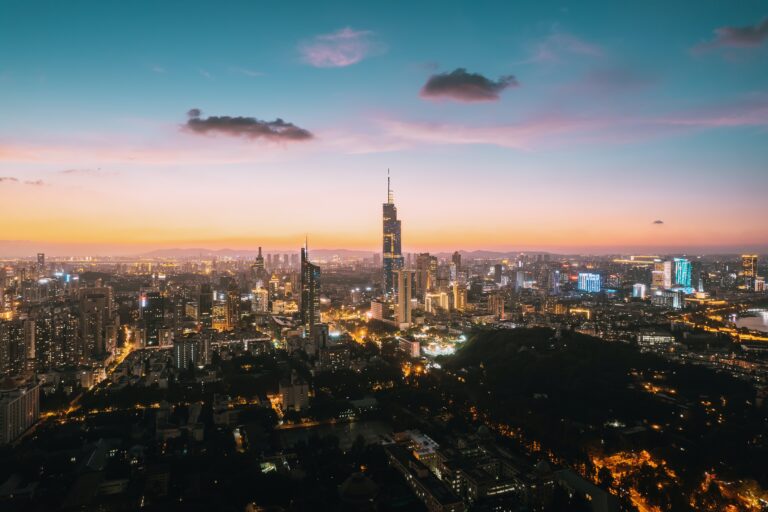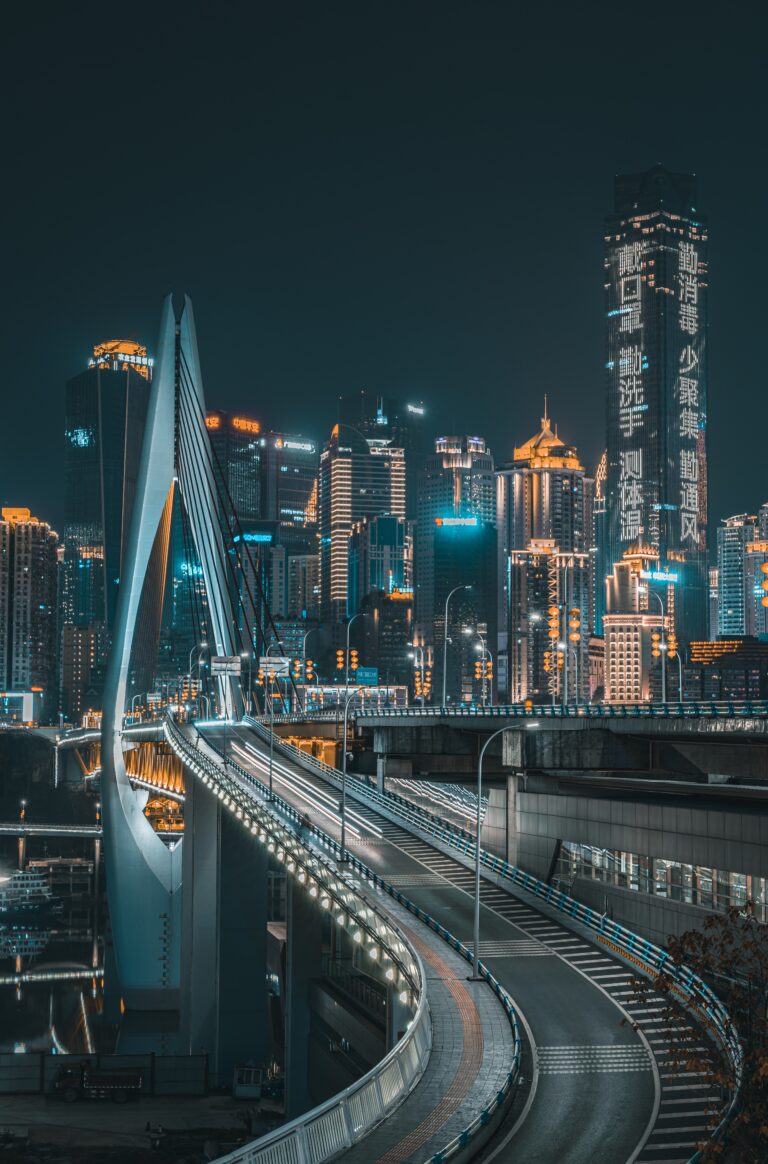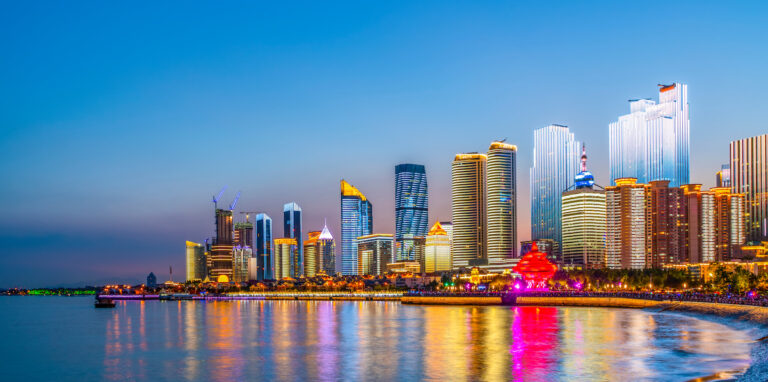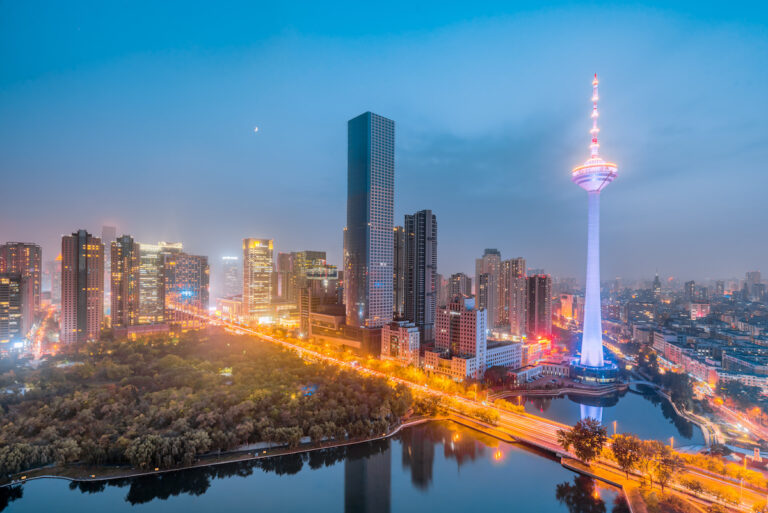Editor’s note: This is the second post in a two-part series from the China Partnership’s Executive Director. The content was originally delivered as a sermon to an American congregation during their annual missions conference. All names and locations have been withheld in this written version for security purposes. Read Part 1 to finish the series.
The three marks of the New Testament kingdom of the gospel build upon each other. The foundation is the personal knowledge of Christ according to the gospel. Out of it comes union with Christ in his mission and his suffering. This is further reflected in the resolution to follow Christ in word and deed. These three marks can be unmistakably found in all true churches. God’s church, the kingdom of the gospel, is also carrying the same set of crucial marks in this generation. As the gospel continues to expand in China, we have been seeing the same pattern repeated in different cities and regions.
From day one we made it explicitly important that the gospel is the sole foundation and driving force for our work in China. As the result, even though we value church planting as a critical and indispensable component, we intentionally focus on the gospel instead of placing the sole emphasis on church planting. Our work in China shares a great common theological foundation and theological vision with that of Redeemer Presbyterian Church in New York City. We frequently use their church planting materials to equip the pastors and church planters with whom we work. We are convinced that, just like the early church, once the leaders and churches get the gospel right, planting churches will be a natural and necessary expression of their new life in Christ. Therefore, as the strategic first and fundamental step, we focus on the gospel.
When we talk about the gospel, we emphasize two dimensions. The first is the essential gospel message, the good news about Jesus — who he is, what he has done in his incarnation, crucifixion, resurrection, ascension, and its significance for humanity. Second, the gospel itself is the power of God. The Holy Spirit works powerfully with the gospel message. The gospel converts, nurtures, and grows new life. We are not only seeking a right understanding of the gospel, but more importantly, a steady life transformation in and by the gospel. This gospel will continuously expose our old hearts, our idols, our functional gods, and point us to the true savior and Lord, Jesus Christ. It replaces our idols with genuine worship of God and generates obedience. A gospel-centered, gospel-driven, gospel-shaped life and church ministry is the goal. The Christian church has the potential to be a place that is the farthest away from gospel, so we need God’s mercy and the Holy Spirit’s help to bring us back to the gospel and to experience the transformation it produces daily.
Because of this emphasis on the gospel message and gospel transformation, many pastors and leaders have started to more deeply appreciate the gospel and are experiencing a deeper rest in it, as well as heart-felt repentance of sins. The outcome of these changes is that we are also seeing their determined commitment to the missional lifestyle in union with Christ, boldly reaching out to the unreached.
For example, we have worked to teach a particular church network the sharp difference between a religious way of life (in a bad sense) and the true gospel way of living. One component of this preaching is Tim Keller’s video Prodigal God with Chinese subtitles. Since most of the house churches have tended to be legalistic and moralistic, the response from the church leaders was very strong. They immediately recognized their elder-brother mentality and sincerely repented for their long-term self-righteousness and blindness. After this teaching, we asked them to do a one-hour prayer walk during the lunch break. The purpose of this practice is to open the leaders’ eyes to the people and needs in their community. Almost all of the pastors and leaders came back from the prayer walk and told us that they were shocked by their indifference to their neighbors and by their cold hearts. This led to sincere repentance and the development of a missional life.
After three months, during the next training visit, we asked what happened. A leader told us that he went back and divided his neighborhood into four areas. Each week, he took his leaders in a prayer walk in one of the areas. In that process, God put authentic love for their neighbors into their hearts and opened their eyes to what they could do for their neighbors. First, they crossed the boundary and boldly stepped into the semi-governmental administration office of their subdivision to make friends with the staff and tell them they are a church in that area. They were surprised to find that the staff was very happy to know and make friends with them. Encouraged by that, they further asked whether they could pray for the staff. The staff reacted with a positive welcome.
This church rents a residential unit for the purpose of Sunday worship. They meet on the fourth out of six floors in the building. They realized how dark and inconvenient their building is during the nighttime and began to think about how they could address this issue and bless their neighbors. As a result, they installed a sound-controlled light on their fourth floor. The light turns itself on in the evening when triggered by people talking or walking. Seeing the effectiveness of the solution, the neighbors came to the church and asked if they would allow them to use their electricity so that the neighbors could install such a light on each floor. The neighbors promised to share and pay the electricity bill. The church prayed and went back to the neighbors to tell them the church would install the lights and bear the electricity costs as a token of appreciation for using the unit for worship purposes.
The community also has a very tense relationship with the subdivision maintenance management company. There has been no one cleaning up the subdivision for some years. So the church asked itself: since it is the largest group in the community, why can’t they help clean up the neighborhood? On every Sunday afternoon, therefore, they started to clean up the community. Three weeks into that, the neighbors noticed that there is a group regularly sweeping the community on Sunday afternoons and started to ask who those people are. They then learned that there is a church in their community and became thankful for its presence. Some neighbors even say, “Thank Jesus!” when passing by and upon seeing their sweeping.
Since the ground was clean after weeks of sweeping, the neighbors partitioned the ground into smaller parking slots with paint. The neighbors put the ending digits of their cars to allocate fixed parking spaces for each family, helping bring good order to the subdivision. Not only that, but the neighbors knocked on the door of the church and asked for the plate numbers of the cars of the church members. They painted the church members’ car numbers on top of their own. Every Sunday morning before worship, the neighbors walk down and move their cars to the street in order that the church members can come into the subdivision and park their cars on the parking lots and go to worship. After they leave, the neighbors move their cars back. We were told that some neighbors even asked to join the church’s worship. We see in this example how a true understanding of the gospel leads to both repentance and a missional lifestyle, producing resolute following of Christ in word and deed.
Never miss a story
The church I just mentioned is in a relatively friendly environment. We have another two churches in a different city that experienced the same renewal of the gospel. Through outreach and gospel preaching, each church grew from around forty members to more than eighty over a period of two years. At the beginning of the fall, these churches were raided by local policemen and taken into custody on a Sunday morning. Most of the members were released by the evening; however, six leaders have been in detention since that time until now.
Facing this persecution, the church body quickly rebuilt the leadership team, provided legal and spiritual care for the detained leaders and their families, and continued their Sunday worship. Some members are very discouraged, but mostly people are actually strengthened by this as they have stepped up, taken responsibility, and opened their homes. So far three pastors from other cities have visited these two churches on Sundays and served them. Each pastor has reported back that they were encouraged and edified by going to those two churches. They went to serve and comfort, but they themselves actually became the ones comforted and served.
A pastor that is very good at music noticed that the worship leader’s prayers and songs were very Spirit-filled and edifying. He asked whether the leader had any training in worship leading. The leader replied that since the raid of the churches, in the past several weeks, he received a special spiritual power in ministry. Similarly, the congregants are more actively serving the churches. In the past three weeks, they started cell groups within families for pastoral care and spiritual growth. In the coming weeks they are shifting their attention from reacting to the persecution to witnessing to the gospel in order to expand the church as they had been doing before.
In response to this persecution, other churches in the network are proactively preparing themselves for similar incidents. A church emailed me their crisis management plan recently. That plan laid out two principles: first, never stop Sunday worship; second, never give in to join the registered churches. The practical actions of the plan include quickly rebuilding the leadership team, caring for the persecuted, and continuing the ministry of the church. In times of persecution, gospel conviction sustains a missional life style and the resolute following of Christ in word and deed.
We are indeed inspired and encouraged by these stories. However, we must ask ourselves a question here and now — how are we related and connected to these stories? We are living in a free world in the West where there is no persecution. The social order and living environment are very good, so there is no need for us to install light bulbs or clean up our neighborhood.
In order to answer this question, we have to recognize that the commonality between the early church in Acts 3-4 and the Chinese house churches in my stories is not the particular forms of persecution and their specific suffering under the ruling authorities. The only singular, fundamental commonality they share is the resurrected Christ, in-dwelling Spirit, and saving Father. The conviction of the gospel is the first, fundamental mark of the kingdom in the past, present, and future. Out of this foundation, we are unavoidably led to a missional lifestyle.
Before the coming of Christ, in this fallen world and culture, any missional lifestyle will necessarily invite different forms of persecution from the world, the flesh, and the devil. Just as 2 Timothy 3:12 teaches, “In fact, everyone who wants to live a godly life in Christ Jesus will be persecuted.” The forms may be different, but the new resurrected life in Christ will necessarily manifest itself as suffering in this fallen world. The glory of the new life is not something that we will attain through and after suffering. But rather, the suffering itself is the glory of the new life shining in this world now. Acts 5:41 reminds us, “The apostles left the Sanhedrin, rejoicing because they had been counted worthy of suffering disgrace for the Name.” Any missional life controlled by Christ’s resurrection will suffer. Being missional and suffering are two sides of the same coin.
Among the three marks, the personal knowledge of the resurrected Christ controlled by the gospel stands at the core. To the extent we appreciate the gospel accordingly and personally know our Lord, to that extent are we able to live out the gospel. Ask yourself, is the resurrection a functional myth or a reality that redefines everything in this world? Is the resurrection just a historical event or is it the turning point of the entire redemptive history that starts a new age?
I watched a movie with my family a few days ago. The name of the movie was Heaven Is for Real. I believe many of you have watched it. Towards the end, the pastor asks, “Has Colton, the pastor’s son, been to heaven? Is heaven for real? If heaven is for real, we would all live differently.” This question should not be asked in this way, as if the resurrection was not a part of the story. Christ’s church must ask the question this way, “Has Jesus, God’s son, left heaven and come to earth? Is his resurrection real? If the incarnation and resurrection are real, and we have heaven on earth, then we would all live differently.”
May the Spirit help us.









